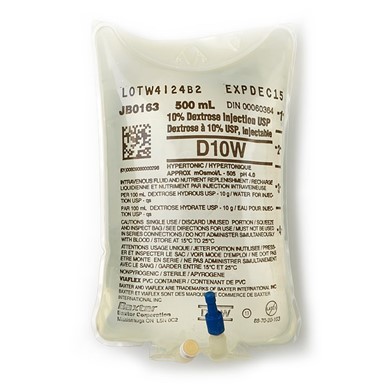A nurse manager on an interprofessional team is creating a disaster plan. The nurse should include in the plan that which of the following actions is the responsibility of the unit nurse during a disaster?
Act as a spokesperson to provide information to the media.
Recommend to the provider a list of clients for early discharge.
Determine the need for additional providers.
Decide which clients should be transported for a higher level of care.
The Correct Answer is B
Choice A reason
Act as a spokesperson to provide information to the media in inappropriate. During a disaster, the nurse manager or designated hospital spokesperson usually handles communication with the media. The unit nurse's primary focus is on patient care and ensuring the safety and well-being of the clients on their unit.
Choice B reason
Recommending to the provider a list of clients for early discharge is the action that should be taken by the nurse. During a disaster, the responsibility of the unit nurse includes recommending to the healthcare provider a list of clients who may be considered for early discharge. This decision is based on the nurse's assessment of the clients' conditions and the need to create additional capacity for incoming patients who require urgent medical attention.
Choice C reason:
Determining the need for additional providers is inappropriate. The determination of the need for additional providers during a disaster is usually made at a higher level, such as by the nursing supervisor, nurse manager, or hospital administration. The unit nurse may collaborate with the nursing leadership to assess staffing needs and provide input, but the final decision is typically made at a higher level.
Choice D reason
Deciding which clients should be transported for a higher level of care is not the responsibility of the nurse. Decisions about transferring clients for a higher level of care during a disaster are usually made collaboratively among the healthcare team, including the healthcare providers and nursing leadership. The unit nurse may provide valuable input about the clients' conditions, but the decision is not solely the responsibility of the unit nurse.
Nursing Test Bank
Naxlex Comprehensive Predictor Exams
Related Questions
Correct Answer is B
Explanation
B) I can visit my nephew who has chickenpox 5 days after the sores have crusted.
This statement indicates an understanding of infection prevention because it demonstrates knowledge about the contagious period of chickenpox. Visiting someone with chickenpox after the sores have crusted is a safe practice, as the person is no longer contagious.
The other options represent misconceptions about infection prevention:
A) Taking antibiotics for a viral infection is not effective, as antibiotics are used to treat bacterial infections, not viruses.
C) This statement is identical to option B and is incorrect.
D) Cleaning a cat's litter box during pregnancy is generally not recommended due to the risk of toxoplasmosis, a parasitic infection that can be transmitted through cat feces. Pregnant individuals are advised to have someone else handle cat litter or to use gloves and wash their hands thoroughly if they must do it themselves.
Correct Answer is D
Explanation

This is because abruptly stopping TPN can cause hypoglycemia, which is a low blood sugar level that can cause shakiness, diaphoresis, confusion, and seizures. Therefore, infusing dextrose 10% in water temporarily at the same rate as the TPN can prevent this adverse effect. Dextrose 10% in water is a hypertonic solution that contains 340 calories per liter and can maintain the client’s blood glucose level until the new TPN bag arrives.
Choice A is wrong because giving 500 mL of lactated Ringer’s solution would not provide enough calories or glucose to prevent hypoglycemia. Lactated Ringer’s solution is an isotonic solution that contains electrolytes but no calories or glucose.
Choice B is wrong because temporarily discontinuing the infusion would cause hypoglycemia, which can be life-threatening for the client.
Choice C is wrong because slowing the TPN infusion rate would also cause hypoglycemia, as the client would receive less calories and glucose than prescribed.
Whether you are a student looking to ace your exams or a practicing nurse seeking to enhance your expertise , our nursing education contents will empower you with the confidence and competence to make a difference in the lives of patients and become a respected leader in the healthcare field.
Visit Naxlex, invest in your future and unlock endless possibilities with our unparalleled nursing education contents today
Report Wrong Answer on the Current Question
Do you disagree with the answer? If yes, what is your expected answer? Explain.
Kindly be descriptive with the issue you are facing.
